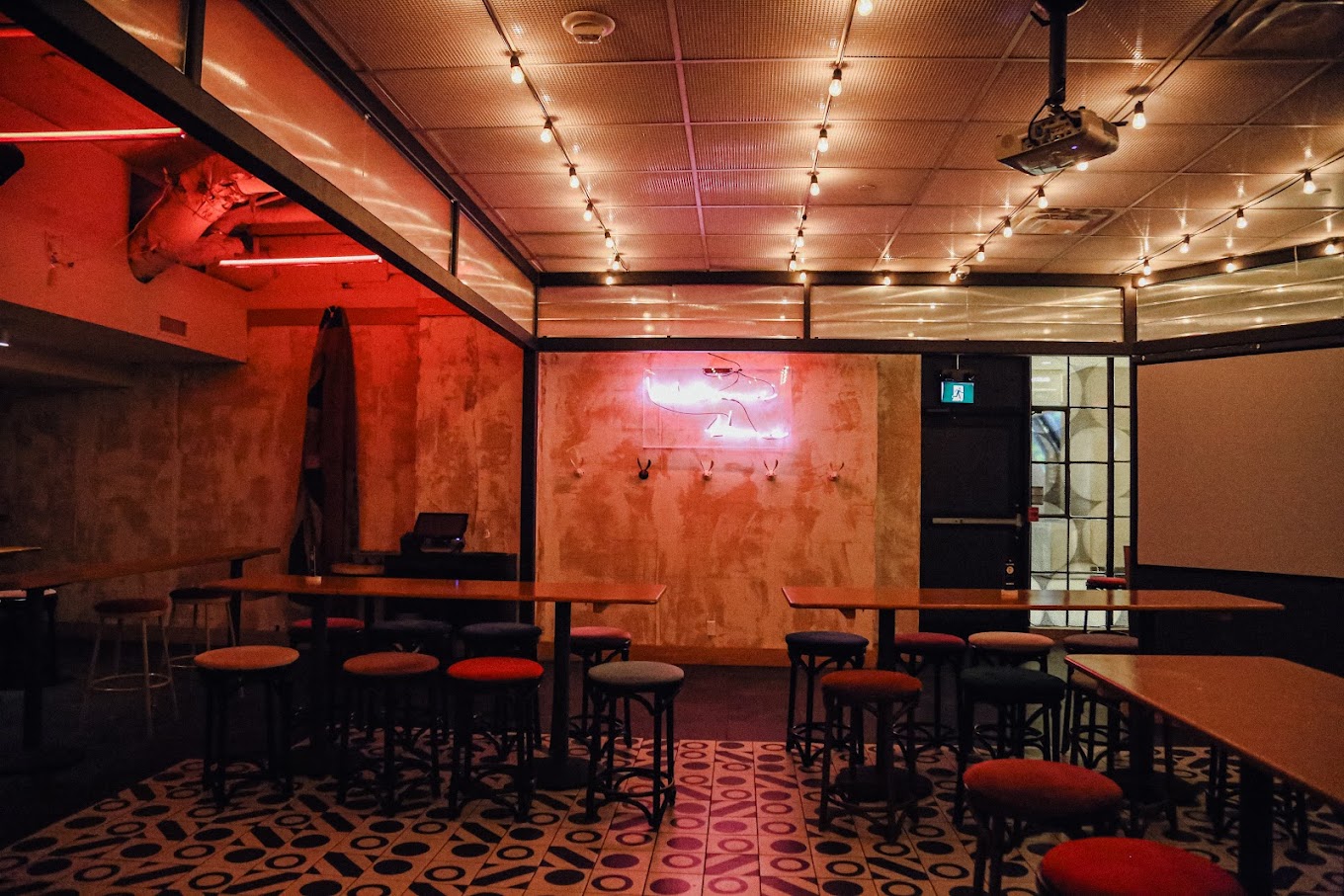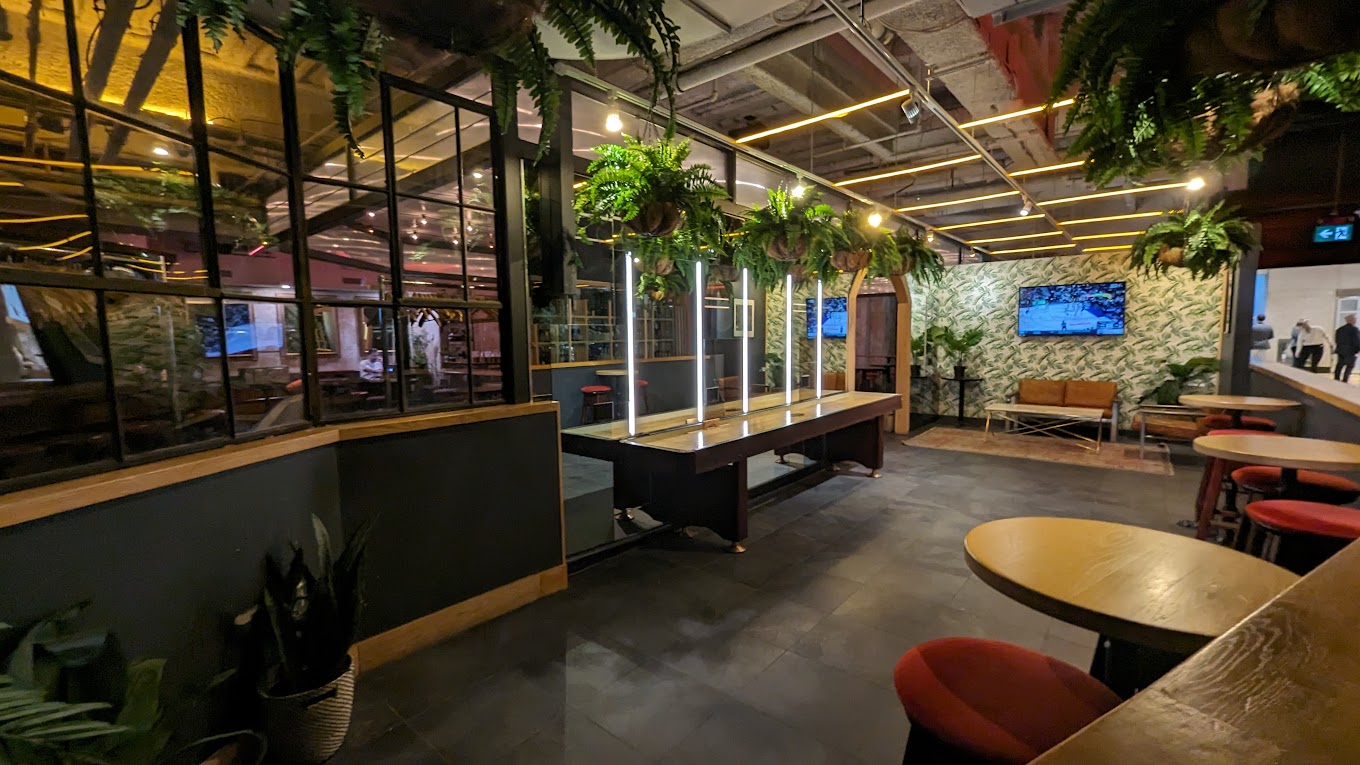How long does it take to renovate a restaurant?
Renovating a restaurant is a complex and multifaceted endeavor that involves careful planning, precise execution, and close attention to detail. The time it takes to complete a restaurant renovation can vary greatly depending on several factors such as the scope of the project, the condition of the existing space, the design vision, and the efficiency of the contractors involved. Generally, a restaurant renovation can take anywhere from a few weeks to several months. This article will delve into the key stages of a restaurant renovation, factors affecting the timeline, and tips for ensuring a smooth renovation process.
Key Stages of a Restaurant Renovation
Planning and Design (4-8 weeks)
- Initial Consultation: Meeting with designers, architects, and contractors to discuss the vision, goals, and budget.
- Site Assessment: Evaluating the current condition of the space to identify necessary structural changes.
- Design Development: Creating detailed design plans, including floor layouts, interior finishes, lighting, and furnishings.
- Permits and Approvals: Obtaining necessary permits from local authorities, which can vary based on the location and scope of work.
Demolition and Site Preparation (1-3 weeks)
- Clear Out: Removing existing fixtures, furniture, and equipment.
- Demolition: Tearing down walls, floors, or other structures that need to be replaced or reconfigured.
- Site Cleanup: Ensuring the site is clean and ready for new construction.
Construction and Installation (6-12 weeks)
- Structural Changes: Building new walls, floors, or ceilings as needed.
- Electrical and Plumbing: Updating or installing new systems to meet modern standards and design requirements.
- HVAC: Installing or upgrading heating, ventilation, and air conditioning systems.
- Interior Finishes: Applying new paint, wallpaper, flooring, and other finishes.
Furnishing and Decorating (2-4 weeks)
- Furniture Installation: Placing tables, chairs, booths, and other seating.
- Decor: Adding artwork, plants, and other decorative elements to enhance the ambiance.
- Lighting: Installing new lighting fixtures to create the desired atmosphere.
Conclusion
Renovating a restaurant is a significant investment of time, money, and effort, but with careful planning and execution, it can transform your space into a vibrant and appealing dining destination. The timeline for a restaurant renovation varies based on several factors, but understanding the key stages and potential challenges can help you navigate the process more effectively. By hiring experienced professionals, maintaining clear communication, and being prepared for the unexpected, you can ensure a successful renovation that meets your vision and enhances your restaurant’s appeal.













